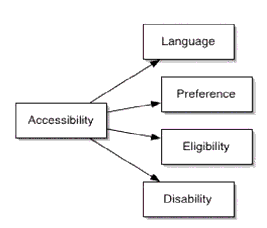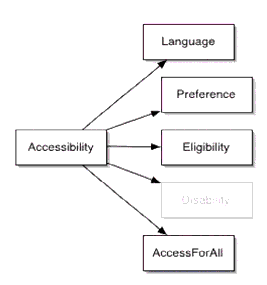The article about accessibility humbled me. My eyes were opened to some things that might make my courses are confusing. Making organized and tagged slides, chunking content in lecture notes, and providing succinct learning objectives are not only important for students with difficulties but these ideas can help make the course more accessible for all.
After recording videos I also realized that closed captions (although work and time intensive) would be very helpful (especially when the instructors are not native speakers, like myself). Chunking videos in an intelligent and natural way is also an effective way to break up a lecture into more easily digestible bits.
When developing an online course, we always need to keep accessibility in mind for all kinds of students, especially for students with disabilities; it is imperative to try our best to build as much accessibility into online courses as is reasonably possible.
On one hand, online courses require developers to work hard to make course clear, attractive, accessible, and enhance student learning. On the other hand, students taking an online course should be engaged, diligent, and willing to work together with the instructor to facilitate the growth and improvement of the course. After all, it is the students’ responsibility to take an active role in their own education (and perhaps this is even more important for online learners).
Moreover, universal design for learning (UDL) is a very interesting concept and I have put some real thought into how to implement this in my classes (online and otherwise). In my field, representing material in different ways is very important (there are often complaints that students do not understand statistics and it is useful to have more than one approach for the concepts). There are many ways to engage the students with real world examples from a variety of fields (to appeal to many interests). Perhaps the hardest for me is the action and expression (we need to think about effective and interesting assessments in statistics for students to be able to demonstrate what they know). But I believe that it can be done with some careful thought.

